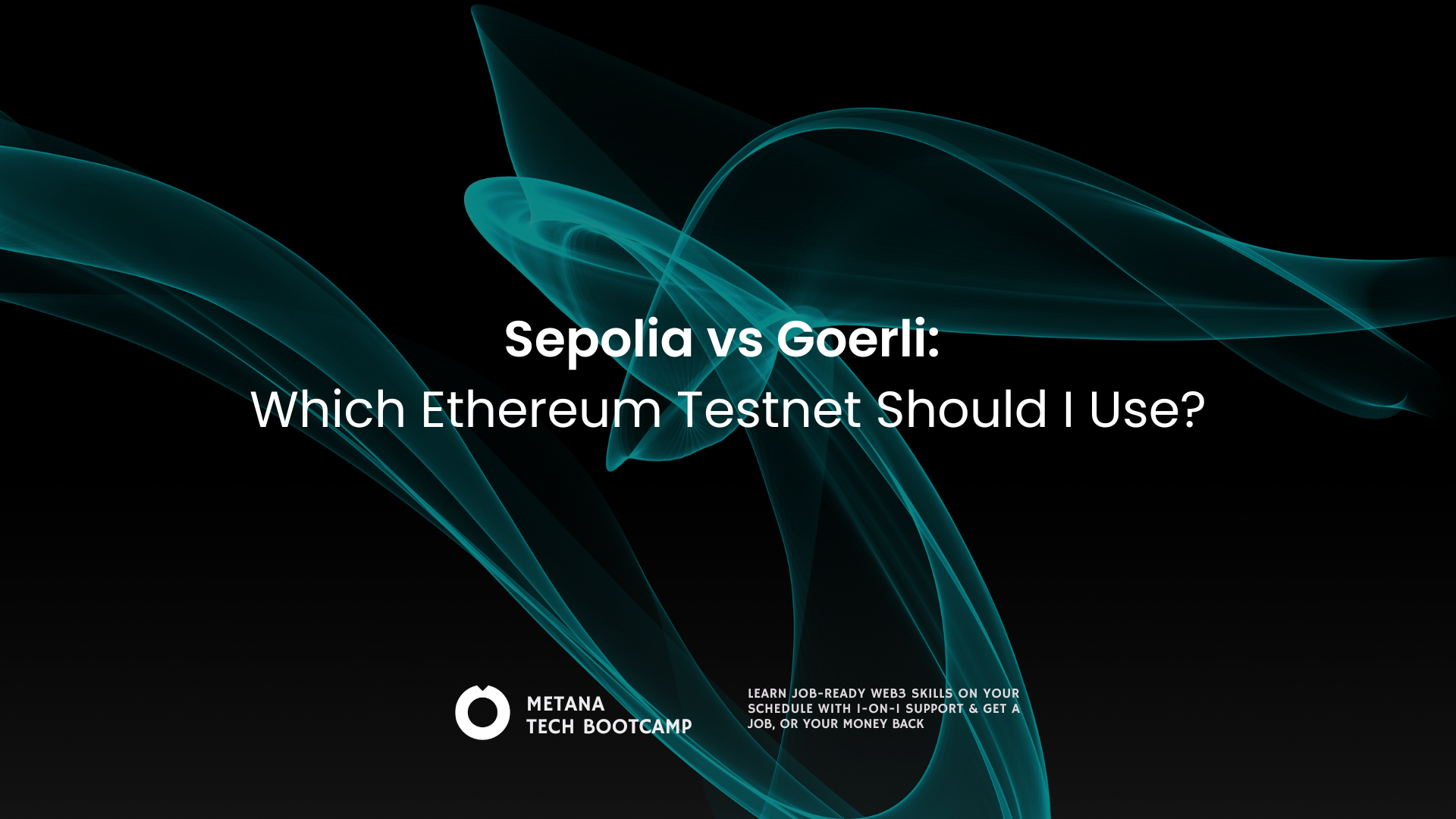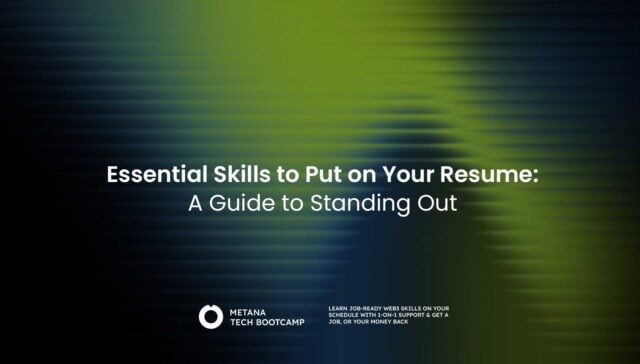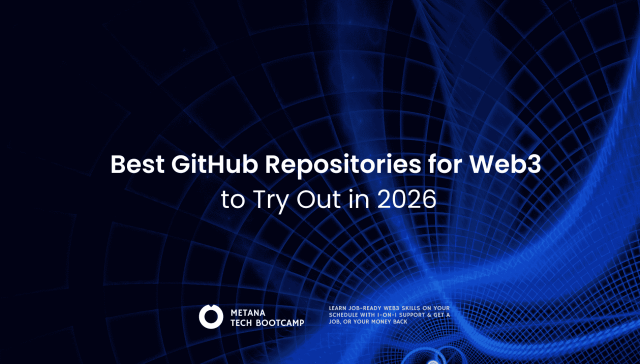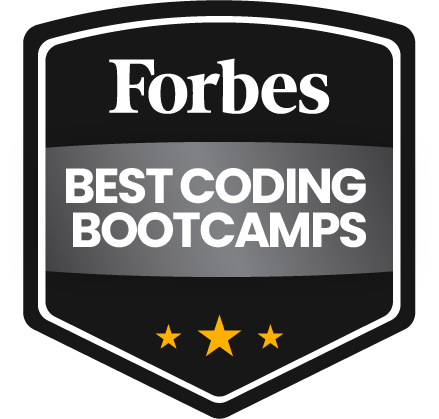TL;DR
- Sepolia is the recommended default testnet for Ethereum application development
- Goerli deprecation requires migration planning for existing projects
- Performance advantages make Sepolia superior for most development workflows
- Both networks support all Ethereum features with full EVM compatibility
- Developer tooling extensively supports both testnets with focus on Sepolia
- Security and stability are enhanced in Sepolia’s controlled environment
- Future-proof your development by choosing Sepolia for new projects
Choosing the right Ethereum testnet is crucial for developers building and testing decentralized applications without risking real funds. The Sepolia vs Goerli debate has become increasingly important as Goerli faces deprecation in 2024, making Sepolia the recommended choice for new projects.
Both testnets serve as sandbox environments that mirror Ethereum’s mainnet functionality, but they differ significantly in architecture, stability, and long-term support. This guide will help you understand which testnet best suits your development needs.
Still a beginner to sepolia faucet? Read our beginner guide for a comprehensive understanding!
1. Key Differences Between Sepolia and Goerli
1.1 Technical Specifications Comparison
| Feature | Sepolia | Goerli |
| Consensus Mechanism | Proof-of-Authority (PoA) | Proof-of-Authority (PoA) |
| Validator Set | Permissioned (Client teams) | Broader community validators |
| Launch Date | 2021 | 2019 |
| Chain ID | 11155111 | 5 |
| Block Time | ~12 seconds | ~15 seconds |
| Status | Active (Recommended) | Being deprecated |
1.2 Performance and Efficiency
| Metric | Sepolia | Goerli |
| Storage Requirements | Lower | Higher |
| Sync Time | Faster | Slower |
| Resource Usage | Optimized | Standard |
| Network Stability | Higher | Moderate |
Key Sepolia Advantages:
- Faster synchronization – Developers can sync nodes quickly without extensive setup requirements
- Lower storage demands – Reduced storage space compared to Goerli’s established but heavier network state
- Optimized architecture – Reduces barriers to entry for new developers joining the ecosystem
- Consistent performance – More predictable network behavior for smart contract testing
2. Network Architecture and Stability
2.1 Sepolia’s Controlled Environment
Sepolia implements a more restrictive validator set that’s directly controlled by Ethereum client teams and core developers. This provides:
- Enhanced stability – Controlled validator set ensures consistent network conditions
- Predictable maintenance – Scheduled updates with minimal disruption
- Better testing environment – Reduced risk of network issues during development
- Optimized for development – Designed specifically for application testing
2.2 Goerli’s Community-Driven Approach
Goerli has a broader validator set that includes community members and various organizations:
- More decentralized – Represents a more realistic network environment
- Established ecosystem – Years of development and community support
- Extensive documentation – Comprehensive guides and tutorials available
- Legacy support – Continuing support during deprecation period
3. Use Cases and Applications
3.1 Smart Contract Development
Both testnets provide excellent environments for smart contract developers:
Sepolia Benefits:
- Stable testing environment – Consistent network conditions for complex contract interactions
- Faster deployment cycles – Quick sync times improve development workflow
- CI/CD integration – Perfect for automated testing pipelines
- Solidity programming support – Full EVM compatibility
Framework Compatibility:
| Framework | Sepolia | Goerli |
| Hardhat | ✅ Full | ✅ Full |
| Truffle | ✅ Full | ✅ Full |
| Remix | ✅ Full | ✅ Full |
| Foundry | ✅ Full | ✅ Full |
3.2 DeFi Protocol Testing
DeFi developers benefit from Sepolia’s network stability:
- Precise timing control – Critical for testing complex financial transactions
- Multi-step transaction reliability – Essential for protocols with multiple contract interactions
- Market simulation – Testing various market conditions and scenarios
- DeFi lending platform integration – Comprehensive testing capabilities
3.3 NFT and Gaming Development
Both testnets support NFT development and gaming applications:
- ERC-721 and ERC-1155 support – Full compatibility with NFT standards
- Marketplace integration – Test buying, selling, and trading functionality
- Real-time interactions – Critical for blockchain gaming applications
- Gas optimization testing – Validate minting costs and batch operations
4. Migration from Goerli to Sepolia
4.1 Migration Planning
Essential Steps:
- Audit dependencies – Review smart contracts, scripts, and CI/CD pipelines
- Update configurations – Modify network parameters and RPC endpoints
- Test thoroughly – Validate all functionality in staging environment
- Train team – Ensure developers understand Sepolia testing procedures
5. Getting Started Guide
5.1 Sepolia Setup
Network Configuration:
| Parameter | Value |
| Network Name | Sepolia Test Network |
| Chain ID | 11155111 |
| Currency Symbol | ETH |
| Block Explorer | https://sepolia.etherscan.io |
Setup Process:
- Configure MetaMask with Sepolia network
- Set up development environment (Solidity IDE)
- Obtain test ETH from faucets
- Test connection and functionality
5.2 Test ETH Faucets
| Faucet Service | Daily Limit | Requirements / Notes |
|---|---|---|
| Metana Sepolia Faucet | 0.06 ETH/day | Google login required; fast and beginner-friendly. Can be specially adapted for web3 learners. |
| Alchemy Sepolia Faucet | 0.5 ETH/day | Free Alchemy account (email signup), CAPTCHA. Requires ≥ 0.001 ETH on mainnet. |
| GHOST Faucet | 0.01 ETH/day | Anonymous. Only CAPTCHA required. No account or mainnet ETH needed. |
| Ethereum Sepolia Faucet (No-KYC) | 0.001 ETH/day | WalletConnect + CAPTCHA. No email, mainnet ETH, or social accounts required. |
| QuickNode Sepolia Faucet | 0.05 ETH/day | Requires wallet with ≥ 0.001 ETH on Ethereum mainnet. Optional tweet doubles the claim. |
| Infura Sepolia Faucet | 0.5 ETH/day | Requires Infura account and API key. Often needs ≥ 0.001 ETH on mainnet to pass eligibility checks. |
Developer Tools and Support
6.1 Development Environment Support
Tool Compatibility:
| Tool | Sepolia | Goerli | Best For |
| Hardhat | ✅ Native | ✅ Native | Smart contract development |
| Truffle | ✅ Full | ✅ Full | Traditional development |
| Remix | ✅ Built-in | ✅ Built-in | Quick prototyping |
| Foundry | ✅ Optimized | ✅ Standard | Advanced testing |
7. Security and Best Practices
7.1 Testing Security
Sepolia Security Benefits:
- Controlled validator set – Enhanced network security
- Predictable behavior – Better for automated security testing
- Stable conditions – Ideal for comprehensive audits
- Smart contract debugging – Reliable error detection
7.2 Development Best Practices
- Use multiple faucets – Ensure adequate test ETH supply
- Implement comprehensive testing – Cover all contract functionality
- Monitor network status – Stay informed about maintenance windows
- Plan for migration – Prepare for future network changes
8. Future Outlook and Recommendations
8.1 Long-term Sustainability
Sepolia Advantages:
- Ethereum Foundation support – Ongoing development and maintenance
- Community adoption – Increasing developer preference
- Modern architecture – Built for long-term sustainability
- Educational focus – Recommended for Web3 bootcamps
8.2 Recommendations by Use Case
New Projects: Start with Sepolia – avoid future migration headaches
Existing Goerli Projects: Plan migration timeline before deprecation
Learning/Education: Use Sepolia for Ethereum development tutorials
Production Testing: Sepolia provides more stable testing environment
Finally…
Sepolia is the clear winner for new Ethereum development projects. Its well-optimized architecture, Ethereum Foundation support, and long-term sustainability make it the smart choice for developers building dApps, smart contracts, and DeFi protocols.
While Goerli served the community well, its deprecation timeline makes migration to Sepolia inevitable. Start new projects on Sepolia and begin planning your migration from Goerli to ensure uninterrupted development workflows.
Frequently Asked Questions
Is Goerli still active?
No. Goerli entered End‑of‑Life in April 2024 and is no longer maintained or supported as of 2025. Developers should use Sepolia or Hoodi for all new testing and deployments.
When was Goerli deprecated?
Goerli officially reached End of Life (EOL) on January 1, 2024. Most infrastructure providers discontinued support by April 2024.
Can I use the same smart contracts on all testnets?
Yes. Sepolia, Holesky, and Hoodi are all EVM-compatible testnets. You can deploy the same smart contracts across them with only network configuration and deployment script adjustments.
Which testnet is best for DeFi dApp development?
Sepolia is the recommended testnet for smart contract and dApp development. It offers a stable network with a permissioned validator set and reliable faucet access.
What is the status of Sepolia?
Sepolia is expected to remain active and supported through at least September 2026, making it the most stable and widely recommended testnet for general development.
Are there costs for using testnets?
No. Ethereum testnets are free to use. Test ETH has no real-world value and is distributed via faucets for development and testing purposes.








